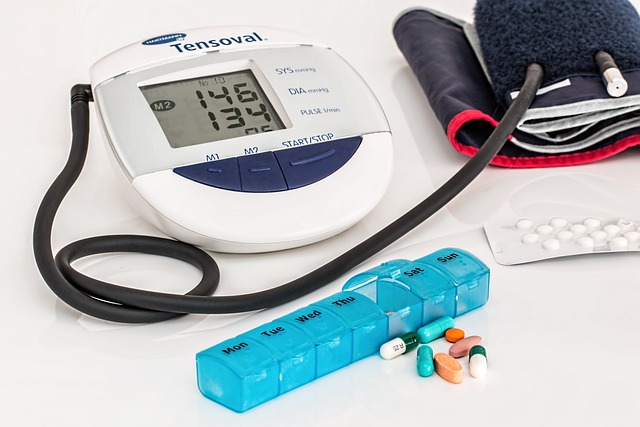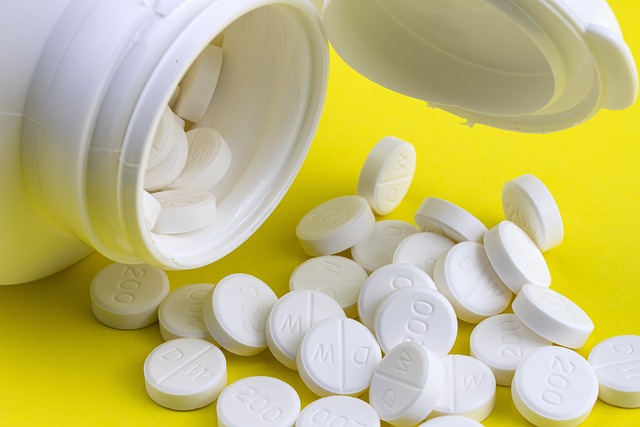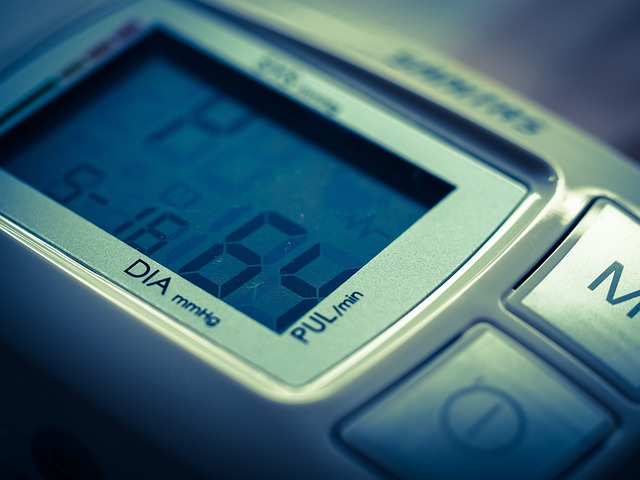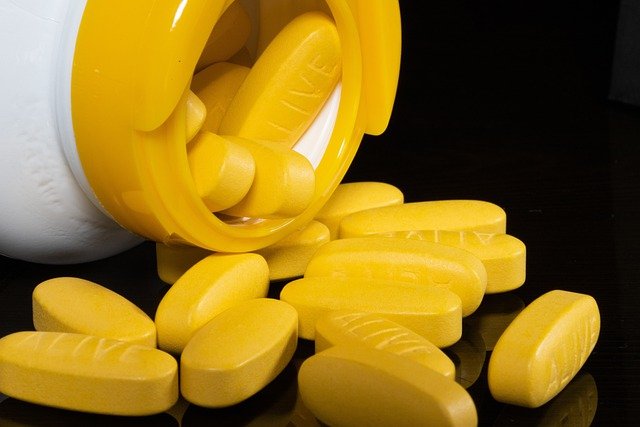Podcast: Play in new window | Download (Duration: 13:54 — 6.4MB) | Embed
On this podcast episode, I discuss some of the most common antihypertensive drug interactions you need to know.
One major interaction I discuss is the trifecta of a diuretic, an ACE or ARB, and an NSAID. This combination significantly increases the risk for acute renal failure.
Nitrates aren’t classically referred to as an antihypertensive but they can definitely cause some problems when combined with PDE5 Inhibitors.
Lithium can interact with 3 blood pressure medication classes. ACEIs, ARBs, and diuretics can all increase the risk for lithium toxicity.
Be sure to check out our free Top 200 study guide – a 31 page PDF that is yours for FREE!
Support The Podcast and Check Out These Amazing Resources!
Meded101 Guide to Nursing Pharmacology (Amazon Highly Rated)
Guide to Drug Food Interactions (Amazon Best Seller)









